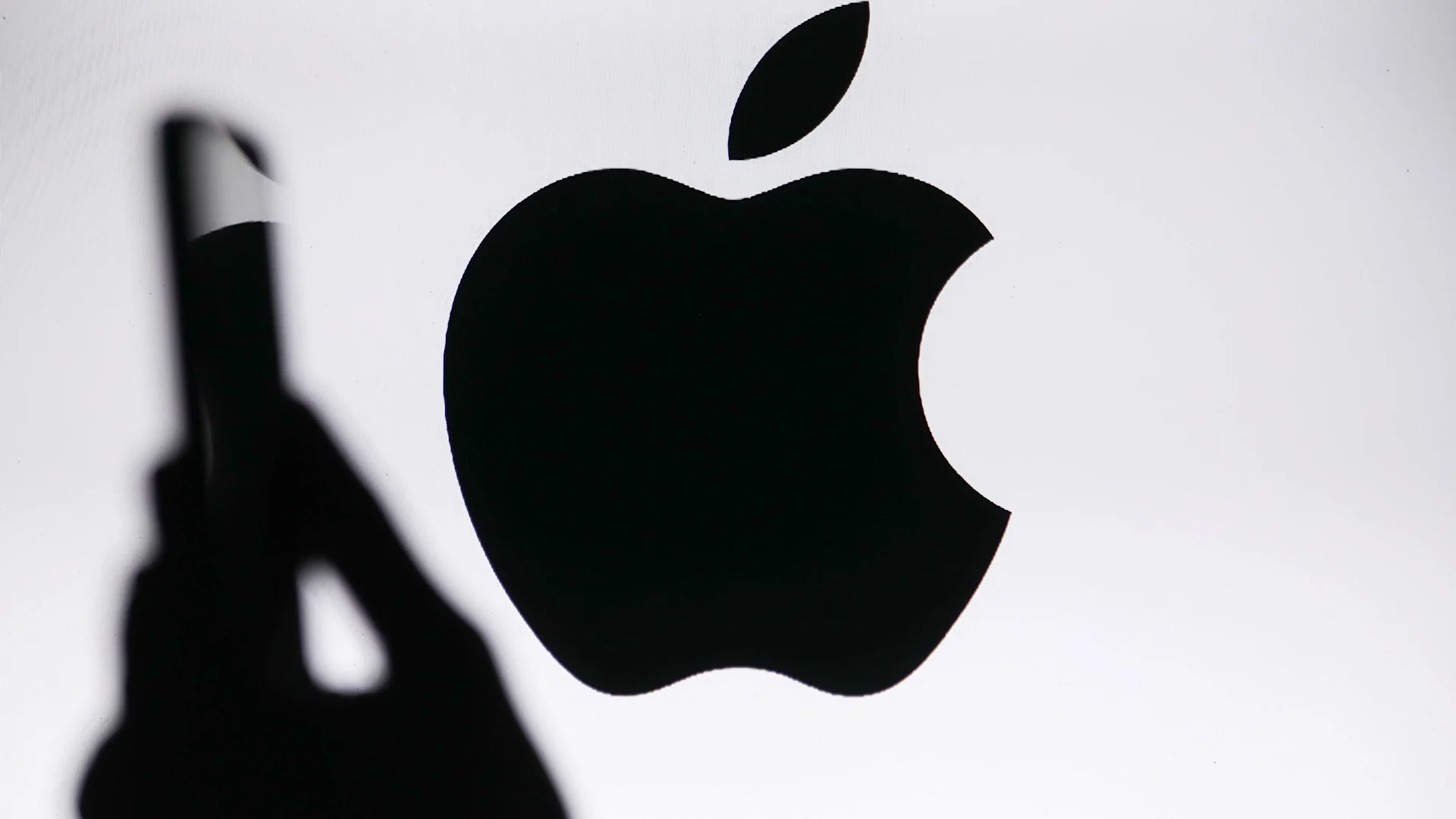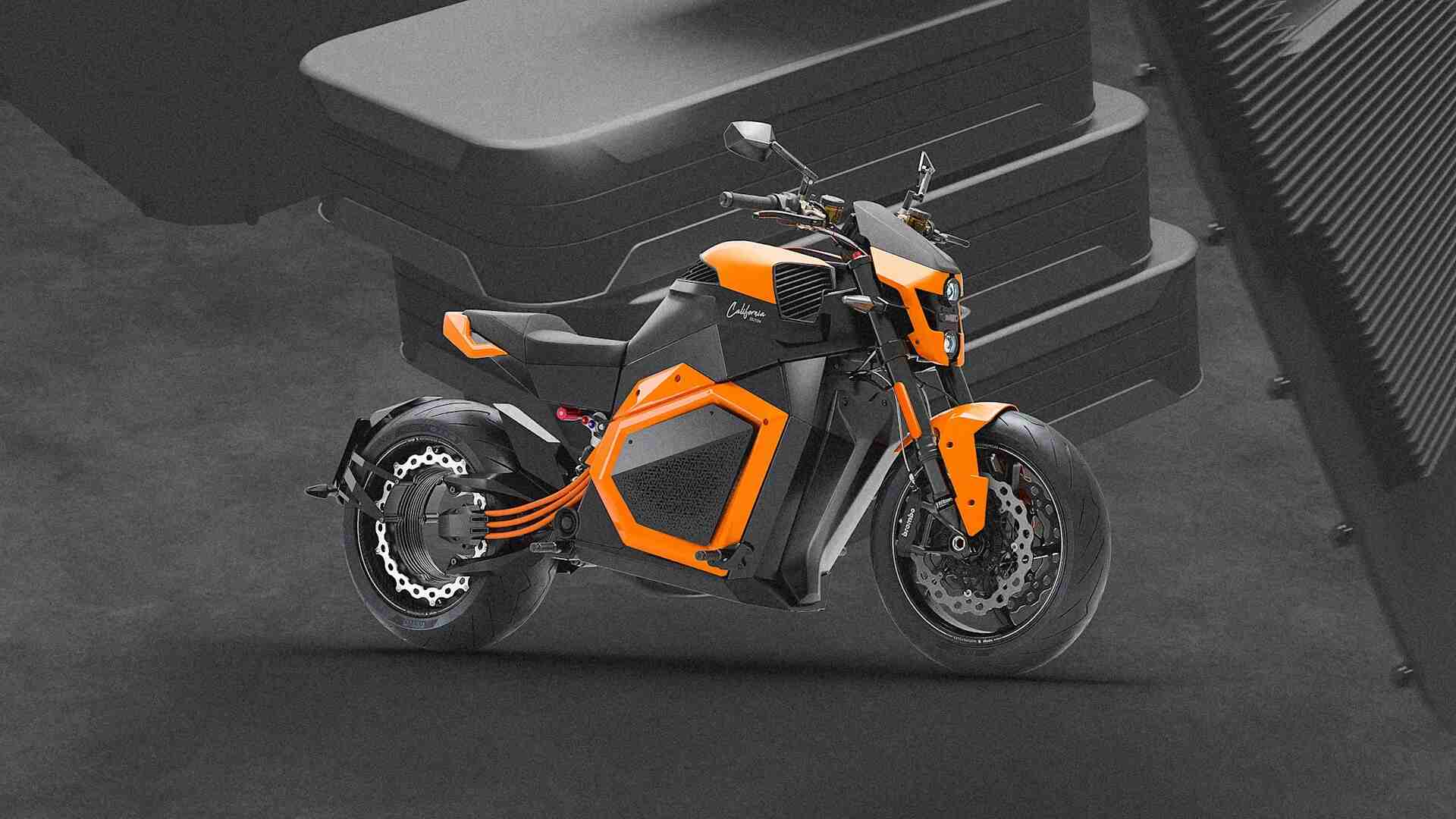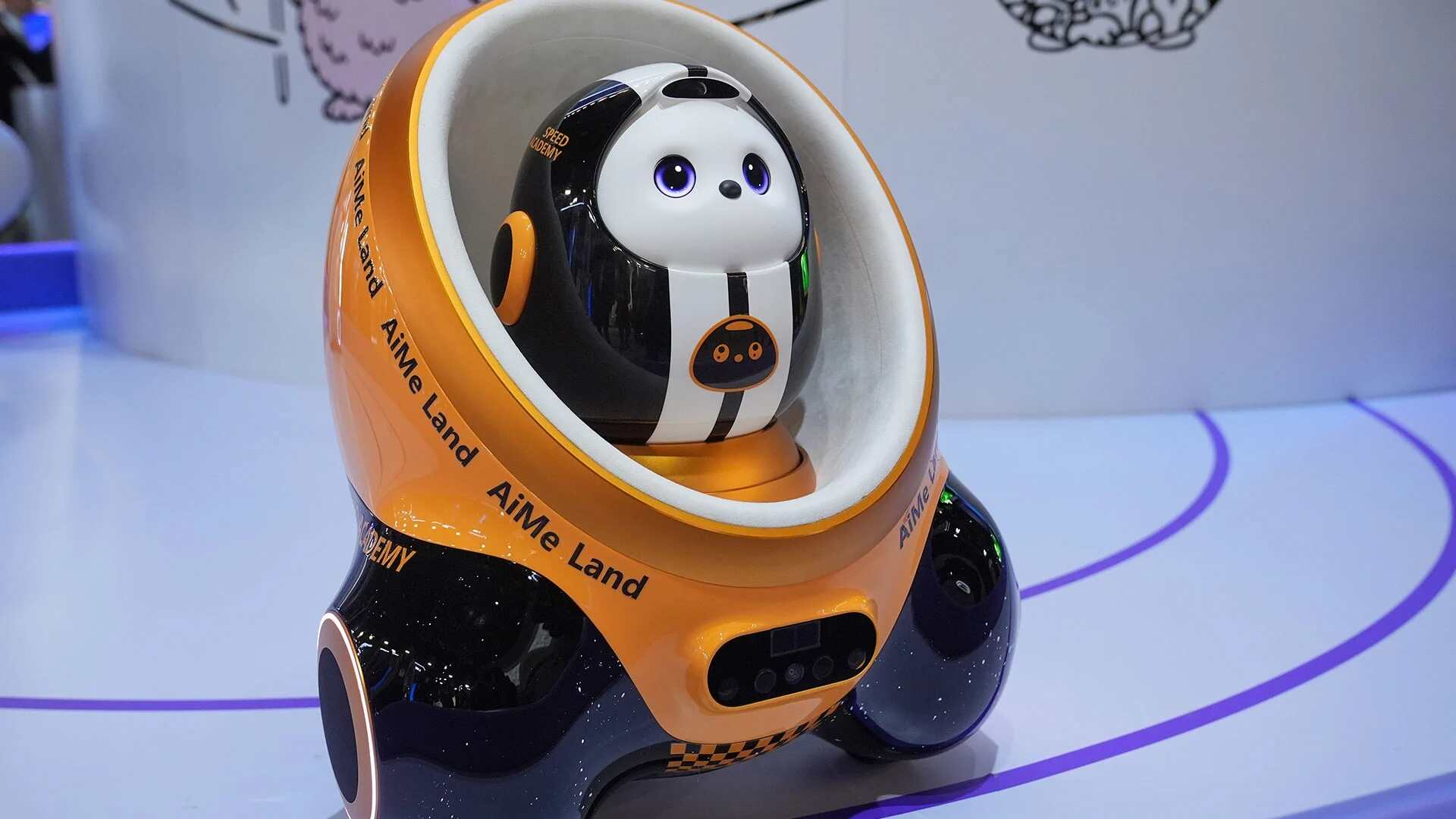- | 9:00 am
Intel wants a second bite at the Apple—and this time might be better
Their cultures have clashed in the past. Now, a new collaboration will take place amid rising geopolitical tensions.

Reports Wednesday that Apple has held talks with Intel about a possible strategic investment sent shockwaves through the stock market. Intel shares shot up. Apple, the reports said, had begun the talks—initiated by Intel—even before the Trump administration made its controversial announcement that it would buy an $8.9 billion share in the chipmaker.
The government’s move had the effect of attracting more investment in Intel, however. U.S.-based Nvidia said it would invest $5 billion and Japan’s Softbank said it would invest $2 billion.
Intel is a special case. The storied U.S. chipmaker has fallen on hard times after missing the chance to supply the chips of the mobile revolution. Now it’s far behind in having the technology to design and/or manufacture best-in-class chips that are good at training and running AI models.
The de facto alternative to a U.S. fabricator of AI chips, meanwhile, is TSMC. At the moment, the AI Revolution depends on advanced chips (most of them Nvidia designs) that are manufactured almost exclusively by TSMC, which is based in Taiwan, a small island 81 miles from mainland China, the U.S.’s fierce rival in AI global dominance.
The U.S. is in a big hurry to find ways to de-risk that geopolitical situation. Washington has worked with TSMC to build advanced fabrication facilities on U.S. soil, and the company is now in the process of spending $65 billion on building three giant factories in Arizona.
But the chipmaker has found that setting up fabs in the U.S. is far slower than in Taiwan. That’s thanks to a challenging regulatory and administrative environment, a thorny struggle to acquire permits, and big cost overruns. The company said in January that most of its chip manufacturing would remain in Taiwan, especially for the most advanced chips.
It’s one thing to work with TSMC to build fabrication facilities on U.S. soil, but it’s even better to help a U.S. company become a viable second-source option. And Intel, it seems, is America’s best hope for that. But it will require lots of money and expertise.
And the company with that expertise is TSMC. In January, Commerce Secretary Howard Lutnick even approached TSMC to take over Intel’s chip foundry (fabrication) business, which would be divorced from Intel’s chip design business. Those overtures apparently didn’t bear fruit.
Apple and Intel have a rocky history
With an Apple investment in Intel, it now seems more possible that Apple (and Nvidia) would try to work closely with Intel to bring its fabrication game up to speed. Both of those companies have lots of expertise designing chips, and both have deep relationships with TSMC, which fabricates the designs.
Apple has a history with Intel. The company used Intel processors inside its MacBooks from 2006 through 2020, but discontinued the partnership after disappointment with the performance of the processors.
Apple also bought Intel modem chips for the iPhone for a time, but again struggled to work with Intel to get the performance it wanted. Apple bought Intel’s modem chip business in 2019, which gave it a foundation for designing its own modems. It put the first custom modem system-on-a-chip, called C1, into the iPhone 17 this year.
Apple and Intel have very different corporate cultures, and have struggled to work well together in the past. During the work on the Intel modem, Intel engineers said that Apple wanted first priority for its projects, demanded to dictate all modem specifications, and insisted on tight timelines with little tolerance for error. Apple found Intel’s culture to be slower and less agile than its own.
But a lot has happened at both companies since then. Markets have changed. Intel is far weaker, and Apple is, arguably, somewhat slower in its innovation. And the two companies would be working together for a greater cause than just partnering on phone or laptop components. They’d be central players in helping the U.S. keep pace with China in AI and defusing a potentially dangerous geopolitical situation with regard to TSMC.







































